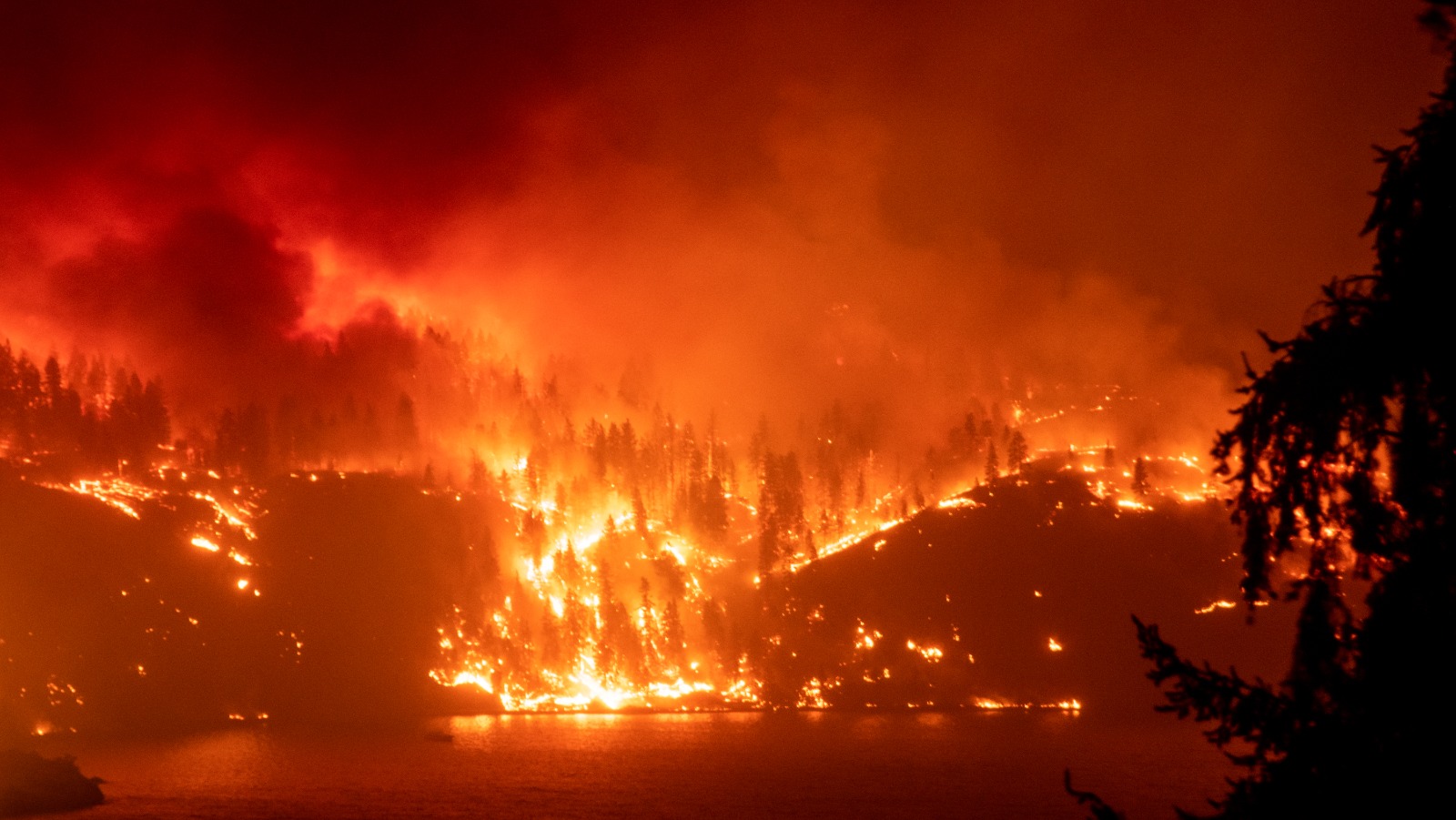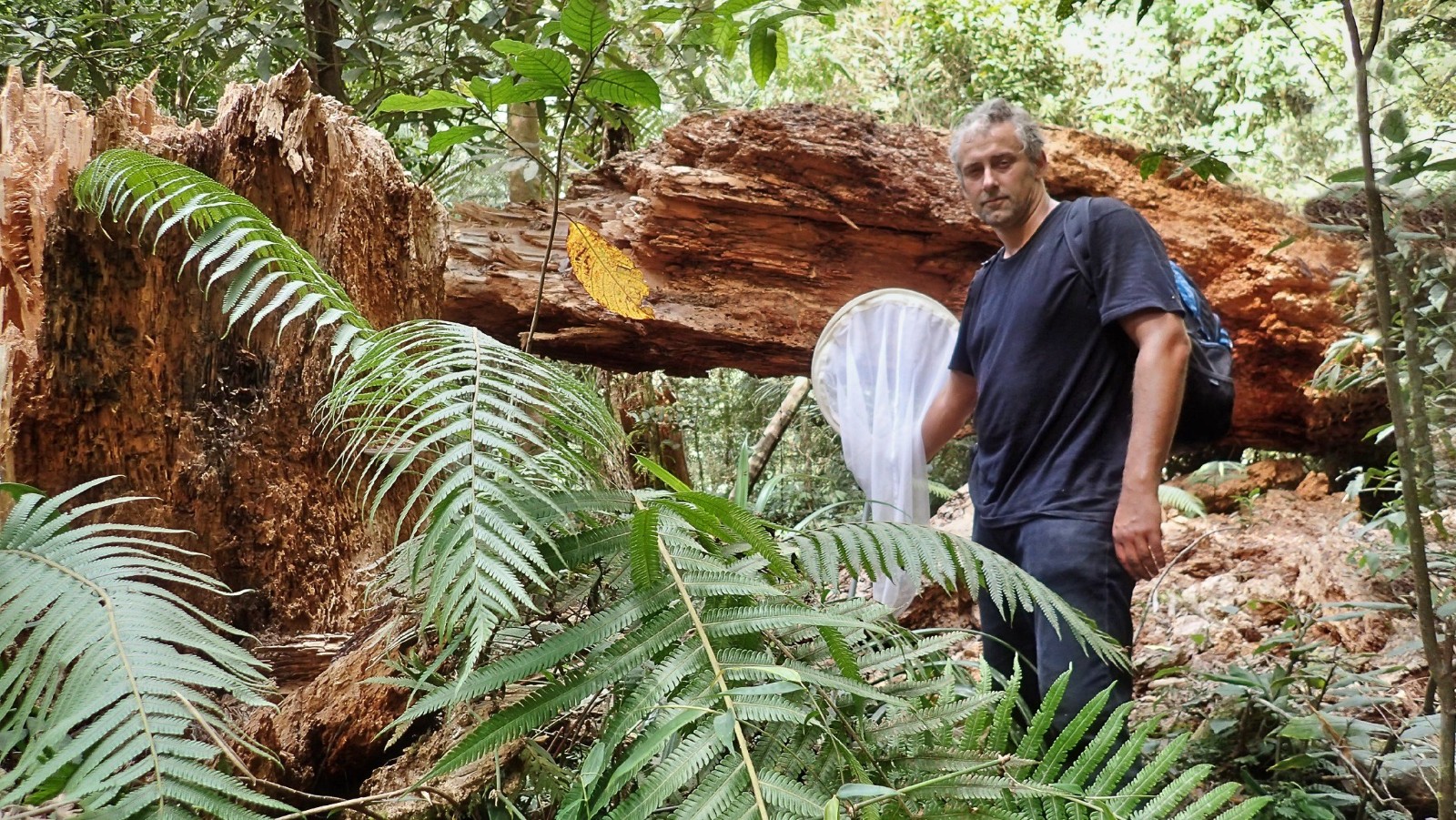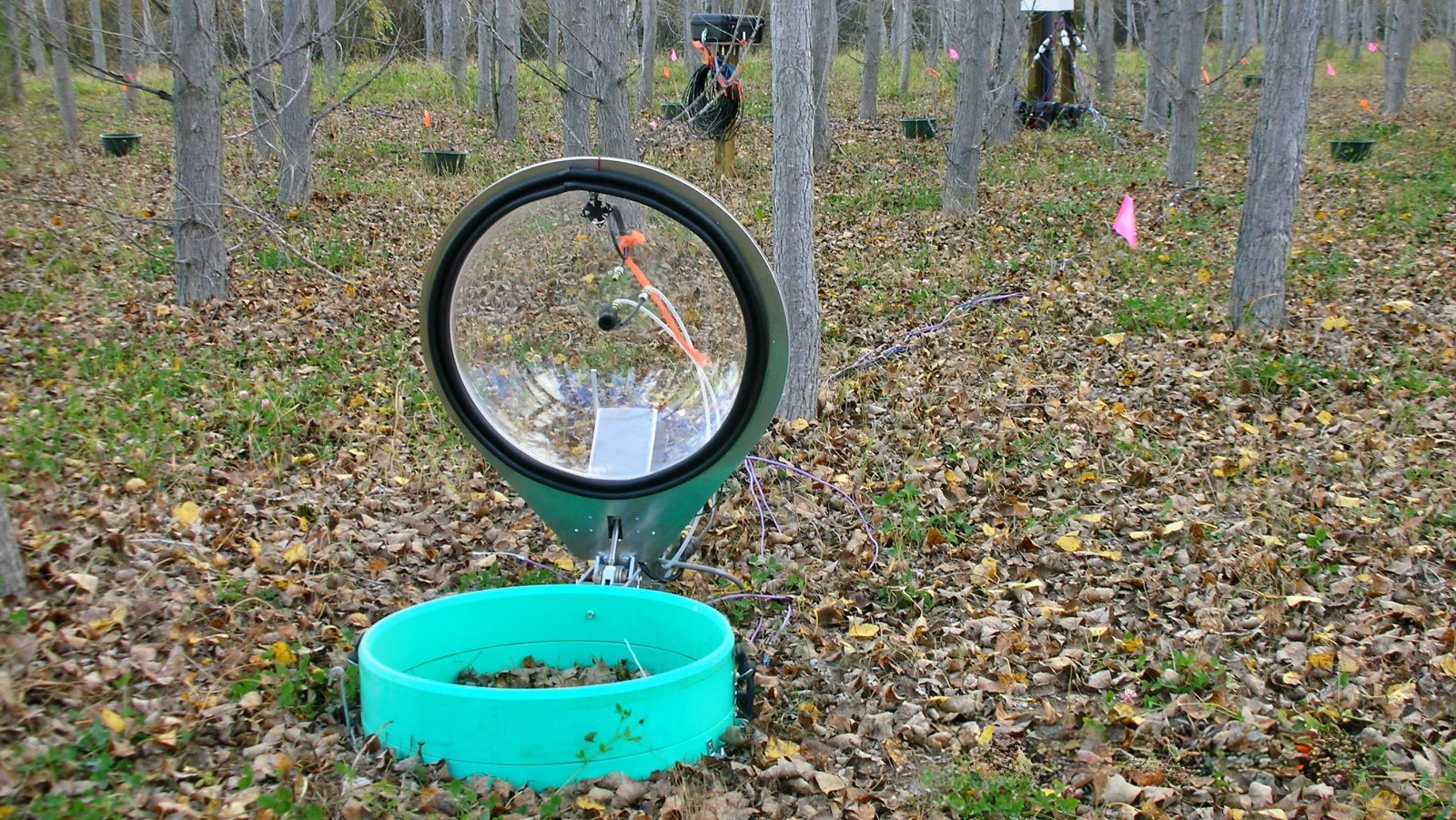Goal 15: Life on Land

research impact
For the period 2017-21
№ relevant publications: 859
№ times cited: 13,760
sample Courses
- ENCS 471 - Practical Case Studies in Rangeland Management and Conservation
- ENCS 473 - Environmental and Conservation Policy
- BIOL 366 - Northern Ecology
- BIOL 367 - Conservation Biology
News
Stewardship
Augustana Miquelon Lake Research Station
The Beaver Hills are a distinct geography just east of Edmonton that encompass Augustana Campus (located in Camrose, AB). The 1,500 km2 moraine supports a rich, mixed-wood forest, kettle lakes and thriving wetlands. This island within the dominant aspen parkland supports a wide variety of wildlife alongside five rural municipalities. In 2016, UNESCO designated the Beaver Hills a biosphere, a region where people live and work in harmony with nature.
Nestled in Miquelon Lake Provincial Park, the Augustana Miquelon Lake Research Station is a facility with classroom, lab, office and event and residence space. Given its sensitive location, the station has adopted a strong model for environmentally responsible management and made significant investments in waste reduction, renewable energy and water conservation. Faculty use the station as a base for research into how environmental, social, health and agricultural domains intersect and affect one another in increasingly industrialized, urbanized and ecologically sensitive landscapes.
Forest Reserve
The University of Alberta has reserved approximately eight hectares of land on the south bank of the North Saskatchewan River adjacent to North Campus. Setting aside this land from development maintains an unbroken length of the river valley and helps to preserve wildlife habitat and biodiversity in the heart of the city.
Space planning
The North Campus Open Space Plan incorporates biodiversity protection throughout by providing a number of sustainable landscape strategies that help direct site planning and design, choice of landscape materials, vegetation renewal, safety and security, operations and maintenance, and water management. Under its strategy for urban forest management, the plan calls for native plant restoration and the creation of new biodiverse habitats on North Campus.
The Sector 12: Campus Planning and Design Guidelines advocate for sustainable design and embrace the natural features of South Campus land. Using archival aerial photography, the design augments the land’s original natural ecological features to support wildlife diversity, including the creation of wildlife corridors between South Campus and the North Saskatchewan River Valley.
Integrated Pest Management Program
The university has 118 hectares of grounds and gardens, of which 81 per cent is under an Integrated Pest Management program (IPM). IPM strives to reduce reliance on pesticides and to integrate preventative measures and alternative control technologies.
Species at Risk
The University of Alberta, in accordance with the Species at Risk Act (SARA), works to identify, monitor and protect threatened and endangered species with habitats in areas affected by the operation of the university.
City of Edmonton Drainage Services Bylaw
The U of A Utilities Group operates (North Campus) or manages (remaining campuses) the storm and sanitary system for the university; wastewater is then sent for treatment at local municipal facilities. Wastewater treatment is subject to bylaw 18093 (drainage bylaw). Water quality standards and guidelines ensure the protection of ecosystems, wildlife and human health.
Outreach
U of A Botanic Garden’s Green School
In the award-winning Green School program at the University of Alberta Botanic Garden, children in grades 4-8 are immersed in the natural world for five consecutive school days. With a philosophy of “slow education,” children have time to observe, hear, smell and touch the natural world. Many first-time participants are “nature starved” and have never been in close contact with the natural world. An appreciation of the natural world, and their relationship to it, leads students to an understanding of the importance of conservation and biodiversity. Green School sows seeds that participants and their communities will reap for years to come.
World Environment Day
World Environment Day is an annual day to celebrate nature and focus on conservation issues. The University of Alberta participates with events designed to get staff and summer students outdoors and engaged in conservation. Past events have included sustainable cooking classes, yoga and garden parties, walking tours, bicycle tune-ups, live expert Q&As and knowledge-building workshops.
Bentley Lecture in Sustainable Agriculture
Each year the Faculty of ALES invites a speaker of international renown to present current research and updates in areas relating to soil science, agricultural production methods and sustainable agriculture. Previous lectures can be viewed online.
Research
Mattheis Ranch
Adjacent to the Red Deer River, this 5,000-hectare research ranch is part of a large, contiguous tract of rangeland with diverse topography, vegetation and wildlife. 4,000 hectares is native grassland, including loamy mixedgrass and sandgrass-dominated prairie, river coulee breaks and riparian areas. Another 400 hectares comprises irrigation-fed wetlands, most of which were created by Ducks Unlimited in 1952.
The land was donated to the University of Alberta in 2010 by Edwin and Ruth Mattheis, and in 2015 a conservation agreement was signed with the Western Sky Land Trust to preserve the land in perpetuity. For half the year, 800 beef cattle graze the land. Researchers use the ranch to advance knowledge and understanding of rangeland ecology and management.
Resilient Forests
Productivity and sustainability of our forest ecosystems and operations are reliant on a healthy and resilient forest. However, forest health and local communities that depend on the forest industry are both under constant threat from changes in climate and climate-induced insect outbreaks. The pace of these changes is outstripping the ability for trees to adjust to these threats. Likewise, traditional tree improvement methodologies are too slow to provide well-adapted seedlings for reforestation and achieve healthy forests for the future. Thus, Resilient Forests proposes to integrate rapidly emerging technologies (genomics and metabolic profiling) and mathematical models into existing tree breeding programs to select pest resistant and drought tolerant trees.
Alberta Biodiversity Monitoring Institute
The Alberta Biodiversity Monitoring Institute (ABMI) detects large changes in biodiversity in Alberta with the annually updated Biodiversity Intactness Index and Human Footprint Inventory. This research provides ongoing, relevant, scientifically credible information on Alberta's living resources to meet the information needs of government planners, industrial developers and local communities.
Notable Stories
🔗 Mapping key areas for conservation could help plants and animals survive climate change
Conservation biologists Diana Stralberg and Scott Nielsen built a model of climate change impacts in North America in order to pinpoint refuge areas for species and ecosystems.
🔗 Graduate student develops nationwide citizen science program critical for bird conservation
Ten years ago, University of Alberta PhD candidate Elly Knight started a citizen science program. Now the Canadian Nightjar Survey recruits hundreds of volunteers across Canada for the study of nocturnal birds.


